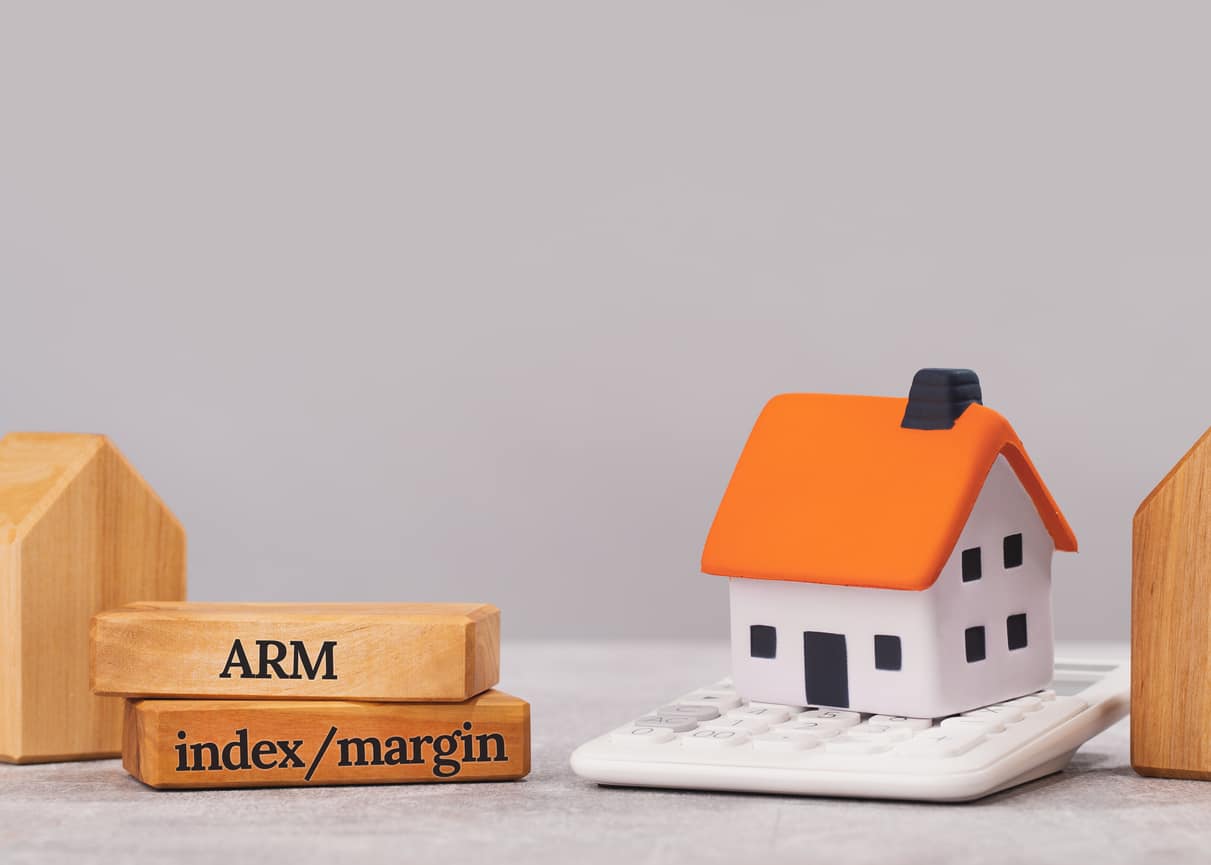With federal interest rates rising, the intended consequence of those incremental increases are finally taking shape: a U.S. housing market showing signs of a much-needed cool off. Evidence is all around us. Prices on homes are falling in cities from coast to coast and adjustable rate mortgages – also known as ARMs – are becoming popular once again.
Applications for ARMS — which are mortgages with a variable rate that can change annually — recently hit their highest level in seven years. Here’s why the new ARMs can be appealing, especially after federal rate hikes on fixed-rate mortgages. Using an ARM will allow a buyer to receive a lower interest rate on the first few years of a home loan when compared to a traditional 15- or 30-year loan.
If the Great Recession still feels fresh on your mind, you may recall that ARMs, in part, were blamed for igniting the housing market meltdown in 2008-2009 that left millions owing more on their homes than they were worth. Fortunately, times have changed and so have ARMs. Regulations put in place after the crash banned introductory “teaser” rates on ARMs, limited annual increases, and ensured borrowers would be notified in writing of pending interest rate changes.
Plus, people who apply for an ARM today have to show they will be able to afford monthly payments above the initial lower rate. Federal financial data also shows that it is becoming increasingly difficult for those with lower credit scores to qualify for any type of home loan.
Could an adjustable rate mortgage work for you?
The short answer is: it depends. If you don’t plan to stay in a house or apartment for the long-term (more than three to five years) and you can afford a higher payment when the loan eventually adjusts up, an ARM might be a good choice. Physicians in residency programs or those serving in the military, who tend to move every few years, may benefit from this type of loan.
How much can you save?
Let’s consider a 5/1 ARM, which is a type of adjustable-rate loan that features a lower interest rate for the first five years, before resetting each additional year of the mortgage. Someone who chooses that option, which was averaging about 4.04% in June, would end up paying about $15,000 less over the span of five years. That works out to a savings of about $260 a month, compared to someone who chooses a 30-year conventional fixed-rate loan with a 5.09% interest rate.
What are the risks?
It’s important to note that there are risks involved when a loan resets. If you apply for an ARM because you won’t be able to pay the higher rate on a traditional mortgage then you should likely save up for a few more years before taking the plunge. Most lenders want to see that a potential mortgage payment will be no more than 30% of your monthly take-home pay.
Another factor to keep in mind is that some ARMs could come with a prepayment penalty, which means if you pay down the principal on the loan early, you could actually end up owing thousands more. The same could be true if you sell or refinance the loan within the initial rate period if a prepayment penalty applies. Because you want to avoid a prepayment penalty, be sure to ask about it during the lender evaluation process.
With reporting by Casandra Andrews






